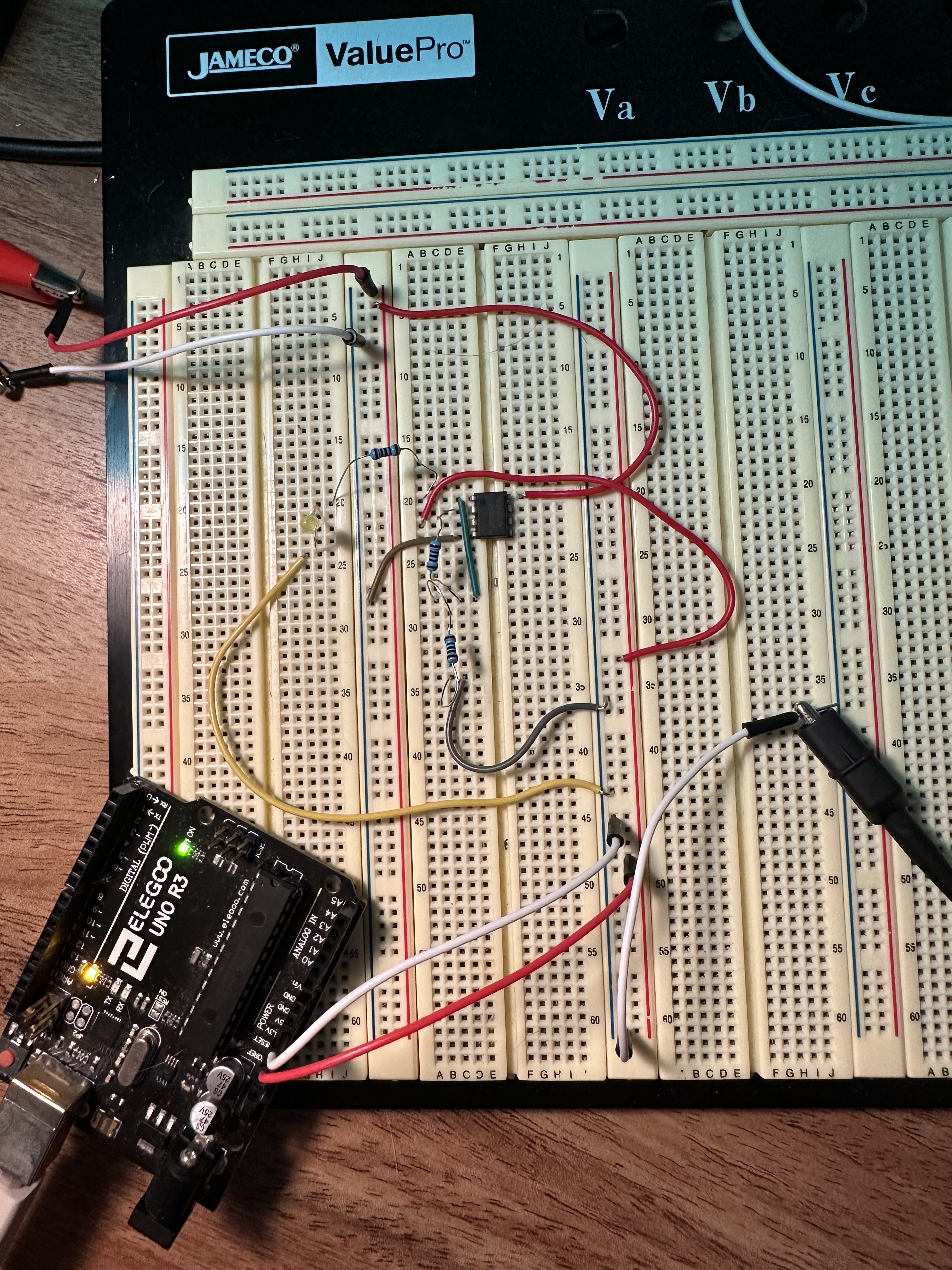this post was submitted on 29 Jun 2023
7 points (100.0% liked)
Ask Electronics
3332 readers
68 users here now
For questions about component-level electronic circuits, tools and equipment.
Rules
1: Be nice.
2: Be on-topic (eg: Electronic, not electrical).
3: No commercial stuff, buying, selling or valuations.
4: Be safe.
founded 1 year ago
MODERATORS
you are viewing a single comment's thread
view the rest of the comments
view the rest of the comments

I recommend EEVBlog’s OpAmp tutorial. His explanation is pretty simple to understand. Basically there are two rules (note these rules are ideal, but the exceptions can usually be ignored):